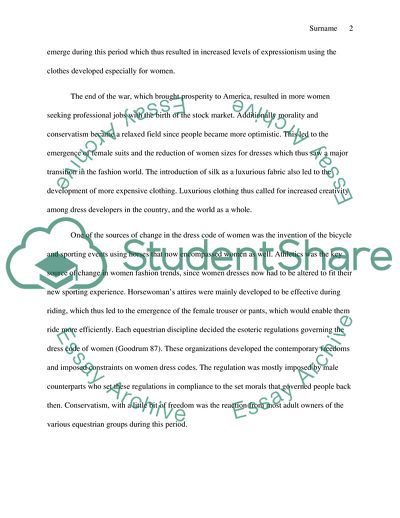Cite this document
(The Role of Women in Changing Fashion Trends Case Study, n.d.)
The Role of Women in Changing Fashion Trends Case Study. https://studentshare.org/culture/1826594-reactions-to-changing-female-fashions-in-the-1920s
The Role of Women in Changing Fashion Trends Case Study. https://studentshare.org/culture/1826594-reactions-to-changing-female-fashions-in-the-1920s
(The Role of Women in Changing Fashion Trends Case Study)
The Role of Women in Changing Fashion Trends Case Study. https://studentshare.org/culture/1826594-reactions-to-changing-female-fashions-in-the-1920s.
The Role of Women in Changing Fashion Trends Case Study. https://studentshare.org/culture/1826594-reactions-to-changing-female-fashions-in-the-1920s.
“The Role of Women in Changing Fashion Trends Case Study”. https://studentshare.org/culture/1826594-reactions-to-changing-female-fashions-in-the-1920s.


